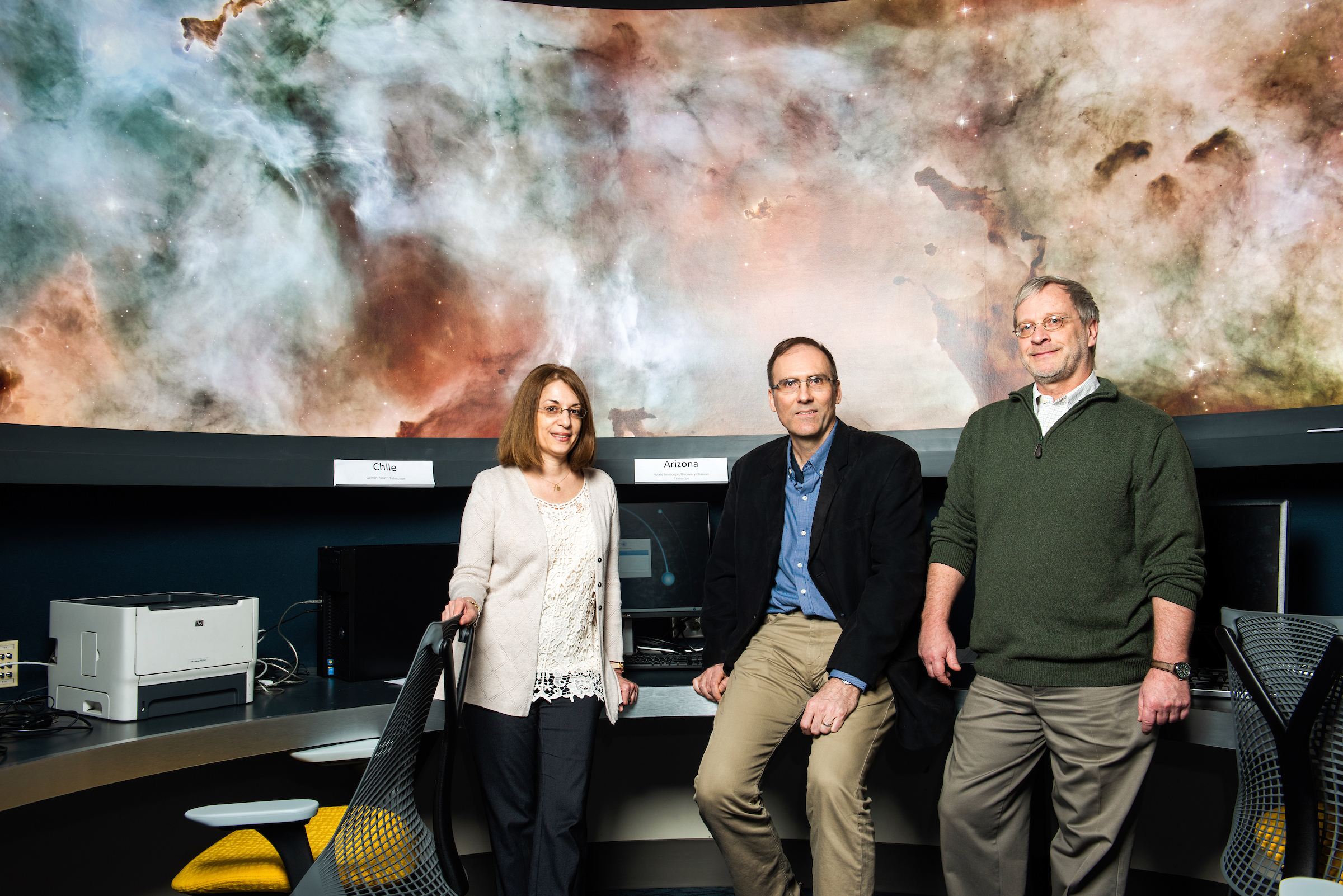Dana Casetti, research associate in the Physics Department, is the catalyst for the recent awarding of a three-year grant to Southern totaling $509,480 from the Hubble Space Telescope Science Institute for a project to measure motions of distant and old star systems.
The project entails the calibration of an older imaging camera that was used at Hubble between 1994 and 2009. Casetti said previous Hubble measurements used imaging cameras that were well studied/calibrated, but had observations taken for 10 years or less.
“We proposed using an older imaging camera that acquired measurements from 1994 to 2009, thus extending the time baseline of such measurements by 10-15 years,” she said.
“This was seen as valuable by the Hubble Space Telescope panel as it will enable numerous other studies well beyond the science we proposed in the project. It is an extremely challenging project, but our team is unique and extremely well-equipped to address this task.
“Our members are experts with more than 20 years in the field,” Casetti said. “Three of them are Southern faculty members (Elliott Horch, professor of physics; Terry Girard, adjunct faculty member in the Physics Department; and Casetti), one member is at Space Telescope Science Institute, and one is at Johns Hopkins University.”
Casetti said one of the goals of the project is to help scientists better understand the formation of the Milky Way Galaxy in a cosmological context. It also is intended to help better understand the roots of our own solar system.
“In a galaxy that underwent substantial harassment via interactions with other galaxies, it is difficult to have stable circumstances for a solar system to form and evolve to the point of developing intelligent life on a terrestrial planet,” she said.
This project will aid in helping to understand how that happened in the case of Earth.
Casetti also recently had been part of a team of experts that used NASA’s Hubble Telescope to help provide an answer to an astronomical mystery pertaining to two satellite dwarf galaxies. Astronomers believe that project is providing additional insight into how stars are “born.”
Last year, she taught in the summer school program at the Vatican Observatory, one of only a handful of astronomy experts selected to teach Ph.D. students, post-doctoral researchers and other outstanding astrophysics students from around the world.


